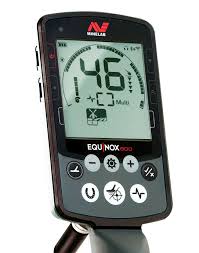Abstract
For years, I have wanted the performance of a tankless water heater. But I never knew how to install heaters in our homes. This is because a circulating pump is connected to the existing tank heater. I couldn’t find any information on the internet about dealing with tankless water heaters and circulating pumps. The challenge in this configuration was to build a water heater on the stove without a water tank. Flowing water is needed The circulating pump is not pumping enough water to make sure the burner is on. Therefore, it was necessary to create another solution to provide hot water settings with tank-equipped water heaters and circulating pumps. This article describes the hot water topology used in homes to build a hot water system with both a tank-less heater and a circulating pump.
Introduction
The design of a home water heater system that includes both a tankless water heater and a circulating pump requires thought and consideration. This article describes how to design a tank-equipped hot water installation. What you need to buy How to prepare for installation Install the heater yourself. And tank-equipped water heater expectations.
Tank-equipped water heater installation design.
When designing a tank-equipped water heater system. You should consider the Hardness of water. Gas flow ventilation and ventilation, sewer pipes, and terrible recirculation pumps.
Water hardness
Hard water will destroy water heaters that do not have a water tank. The build-up of calcium destroys the heater’s performance and ultimately prevents water from moving. It is important to test your water before installing your heater. And if your water is not soft, you need less than 50 ppm of water. You should apply water conditioner.

Gas flow
When running a tankless water heater, the heater requires a large amount of gas. If the heater cannot supply the required gas. The onboard computer will malfunction and the heater will not work properly. Most heater manufacturers tell you that you need a 3/4 “gas hose with your heater. Some manufacturers recommend that you test that you have enough pressure from the gas meter and install a larger gas meter from the gas company. For my installation, I did not modify any gas pipe. Since it was 3/4 “away from the meter, I was definitely nervous the first time the heater started waiting for a computer malfunction. But gas pressure has never been a problem with my setup.
Exhaust and ventilation.
Equipped with ventilation and ventilation tanks is the biggest problem with hot water systems. Many installers connect the heater directly to existing pipework. This will definitely lead to system failure. You must make sure that you use a ventilator specified by the heater manufacturer. If you do not use the correct vent. The heater will definitely fail. The vent maker works directly with the heater maker to ensure that the vent pipe is the right size and the heater is working at its best. Outside, it is expected to pay 20% of the cost of the heater in the exhaust duct. The vent pipe for a tankless water heater is not galvanized nor is it something you can buy at large box home improvement stores.
Heaters not only use exhaust ducts. But it is also used for fresh air. Proper use of ventilation ducts is essential for the success of your installation. There are so many corrosive molecules on the heater exhaust that you will damage the heater if you do not use the right vent.
Many homeowners choose to install thicker heaters. Condensing heaters are more efficient. But there are two gutters. The first drain is a high pressure shut-off valve like a traditional tank water heater. And the second drain is used for condensed liquid. My heater came with a plug mounted on the steam vent. If you accidentally forget to plug or install the drain to remove the thick liquid. Your water heater will rust. For more visit here https://www.top10echo.com/

